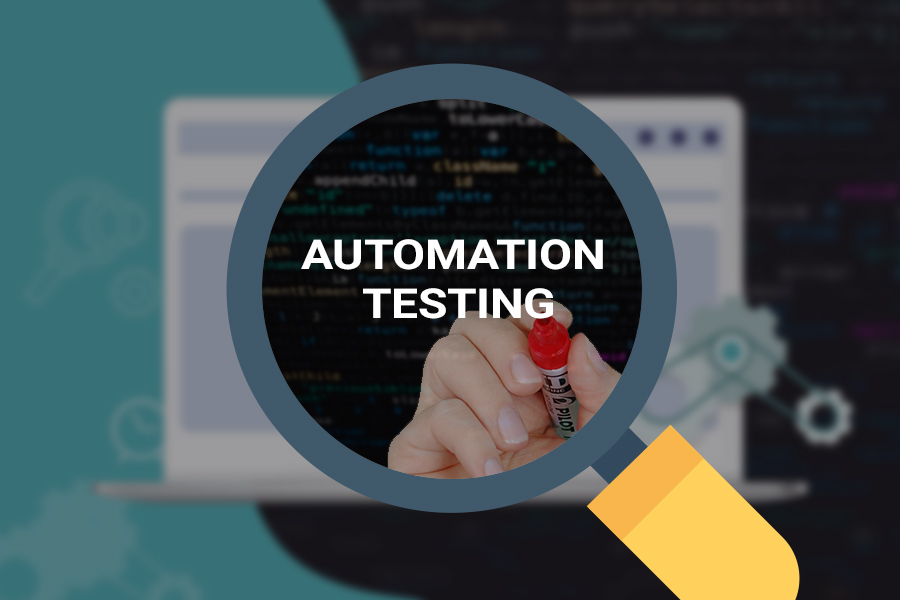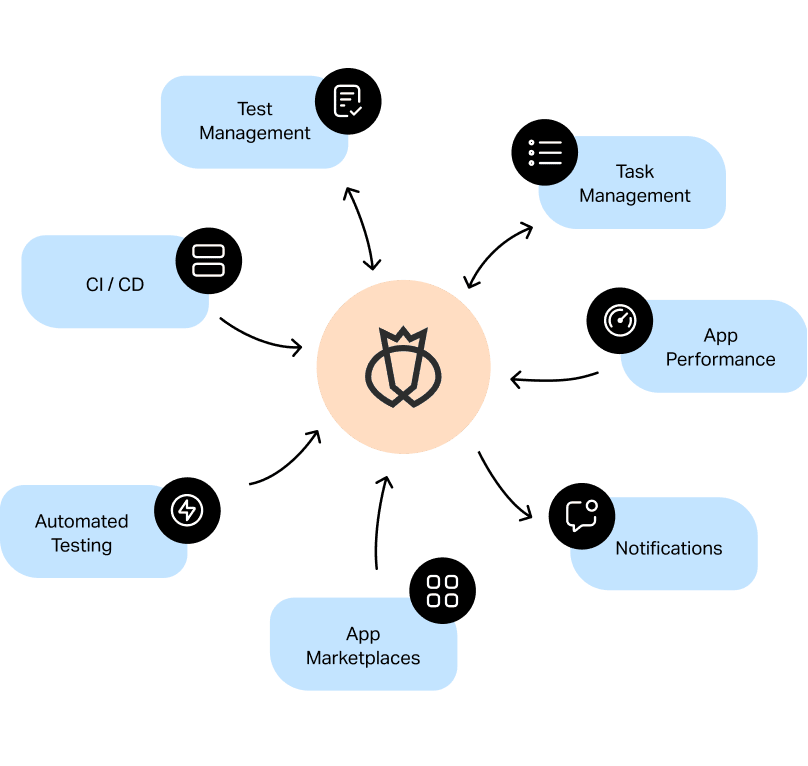From Guidebook to Automated Screening: A Comprehensive Overview to Transitioning Efficiently and Properly
In the world of software program testing, the change from handbook to automated processes has actually ended up being a progressively important change for companies seeking to boost effectiveness and precision in their testing practices. The trip from manual to automated testing is not without its obstacles, however when come close to tactically and with a clear plan in mind, the advantages can be substantial.
Advantages of Automated Evaluating
Automated testing uses various benefits, improving performance and accuracy in software program advancement procedures. One primary advantage is the significant reduction in testing time. Automated tests can be run at the same time on several tools and running systems, dramatically speeding up the screening stage compared to hands-on screening. This enhanced effectiveness enables faster comments on the top quality of the software, allowing programmers to identify and deal with concerns promptly.
Furthermore, automated testing makes certain a greater level of accuracy in detecting issues. Uniformity in testing is likewise boosted, as automated examinations perform the same actions exactly each time they are run.
Selecting the Right Devices

To start with, analyze your needs and purposes. Recognize the extent of your task, the modern technologies entailed, and the ability of your team. This analysis will aid you determine the abilities and functions you need in your testing devices.
Second of all, consider the compatibility of the devices with your existing procedures and systems. Smooth combination with your present software application development lifecycle is important to guarantee a smooth transition to automation.
In addition, examine the scalability and versatility of the tools. As your testing requires progress, the tools should be able to adjust and fit modifications efficiently.
Last but not least, factor in the assistance and neighborhood around the devices. Durable support and an energetic individual community can provide beneficial sources and assistance when implementing automated screening. By carefully considering these facets, you can choose the right devices that line up with your needs and set the stage for an effective transition to automated screening.
Writing Efficient Examination Scripts

When crafting examination scripts, it is important to think about the specific demands of the software being examined and guarantee that the manuscripts attend to all crucial capabilities. Detailed and clear naming conventions for examination scripts and examination cases can boost readability and maintainability. Additionally, integrating error handling systems within the examination scripts can aid in identifying and attending to issues immediately.
Furthermore, arranging test manuscripts right into modular components can enhance reusability and scalability, decreasing redundancy and boosting efficiency in examination manuscript maintenance. Regular evaluations and updates to test scripts are critical to equal advancing software demands and capabilities. By adhering to these principles, testers can create reliable and robust test manuscripts that add significantly to the success of automated screening processes.
Integrating Automation Into Workflows
By flawlessly incorporating automated testing devices like Selenium or Appium into the software program advancement lifecycle, teams can achieve faster responses on code modifications, leading to quicker pest detection and resolution. This integration enables for continuous screening throughout the development procedure, ensuring that any kind of problems are recognized early on, resulting in higher software top quality. Proper assimilation of automation tools needs collaboration in between development, testing, and procedures teams to develop a unified workflow that enhances efficiency and efficiency in providing high-quality software application items.
Guaranteeing a Smooth Change
Effectively transitioning to automated screening involves precise preparation and mindful execution to optimize and decrease disruptions effectiveness in the software program development process - automation testing. To make sure a smooth change, it is necessary to start by performing a comprehensive evaluation of the existing screening processes and determining locations where automation can bring the most considerable benefits. Engaging with all stakeholders early at the same time, consisting of programmers, testers, and task supervisors, is crucial for garnering support and buy-in for the automation effort
Communication is essential during this shift phase. Clear communication of the goals, benefits, and expectations of automated testing aids to take care of any kind of resistance or problems that might emerge. In addition, giving sufficient training and resources for team members to upskill in automation devices and strategies is essential for making certain an effective shift.

Verdict
Finally, transitioning from manual to automated testing provides many advantages, consisting of increased efficiency and reliability. By choosing the suitable tools, composing efficient examination manuscripts, and integrating automation perfectly into process, organizations can make sure a smooth and effective change. It is crucial to welcome automation as a valuable asset in software testing procedures to boost total top quality and performance.
In the realm of software application testing, the shift from manual to automated procedures has actually come to be a significantly essential change for companies seeking to improve efficiency and accuracy in their screening techniques. Automated examinations can be run all at once on numerous tools and running systems, substantially speeding up the screening phase contrasted to hand-operated testing. Consistency in testing is additionally boosted, as about his automated tests execute the very same actions specifically each time they are run.To make sure the successful implementation of selected screening tools, the creation of effective examination scripts plays a vital role in you can find out more confirming the performance and performance of automated procedures - automation testing. By complying with these concepts, testers can produce effective and durable site web test manuscripts that contribute significantly to the success of automated screening processes